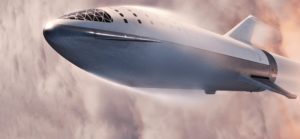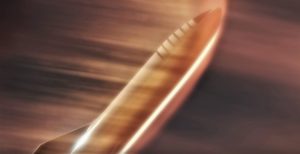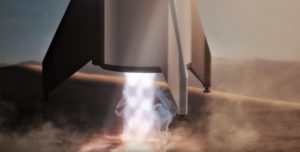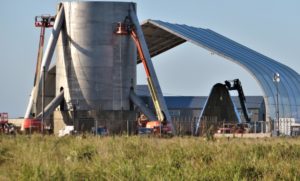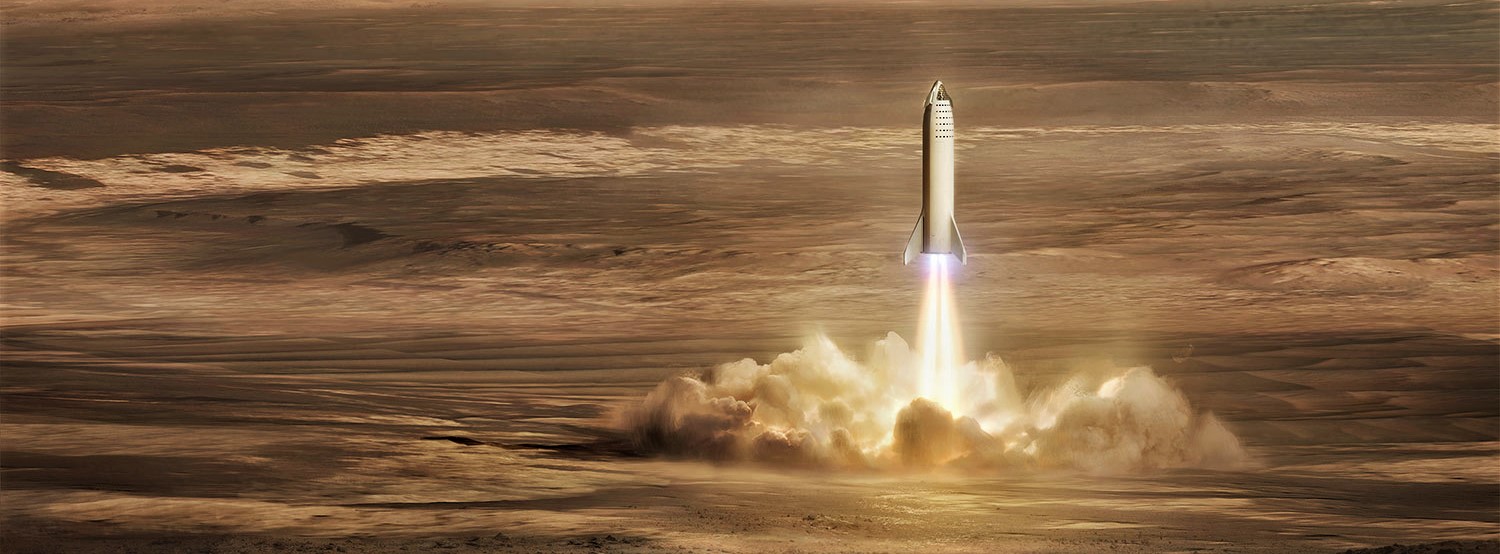
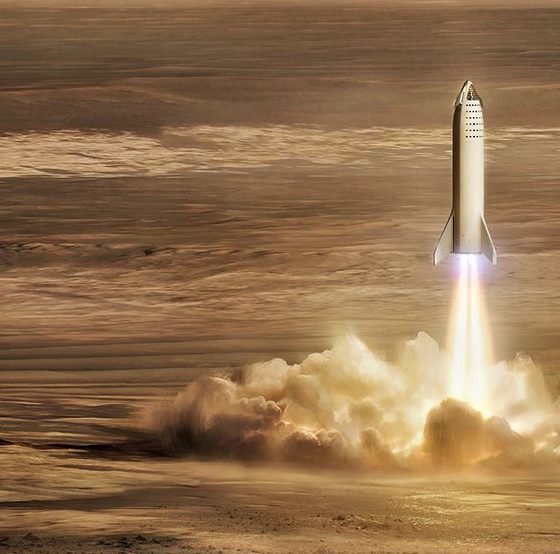
News
SpaceX’s Elon Musk: odds of Starship reaching orbit by 2020 are “rising rapidly”
SpaceX CEO Elon Musk has suggested that the company’s newly revamped Starship and Super Heavy rocket (previously known as BFR) could perform its first integrated launches – placing Starship into orbit – as few as 12-24 months from today.
Musk indicated that the odds of Starship reaching orbit as early as 2020 are now as high as “60% [and] rising rapidly”, thanks in no small part to the flurry of radical changes the spacecraft and booster have both undergone over the course of 2018.
Probability at 60% & rising rapidly due to new architecture
— Elon Musk (@elonmusk) December 27, 2018
Combined with a decision – made public at a September 2018 media event – to delay the debut of a vacuum-optimized upper stage Raptor (RVac) and stick with its mature sea level variant, Musk apparently is quite confident that these dramatic shifts in strategy will allow SpaceX to aggressively slash the development schedules of its next-gen launch vehicle. Intriguingly, Musk noted that while these “radical” design changes were almost entirely motivated by his desire to expedite the fully-reusable rocket’s operational debut, it apparently became clear that the cheaper, faster, and easier iteration could actually end up being (in Musk’s own words) “dramatically better” than its exotic carbon-composite progenitor.
Time. Although it also turned out to be dramatically better.
— Elon Musk (@elonmusk) December 27, 2018
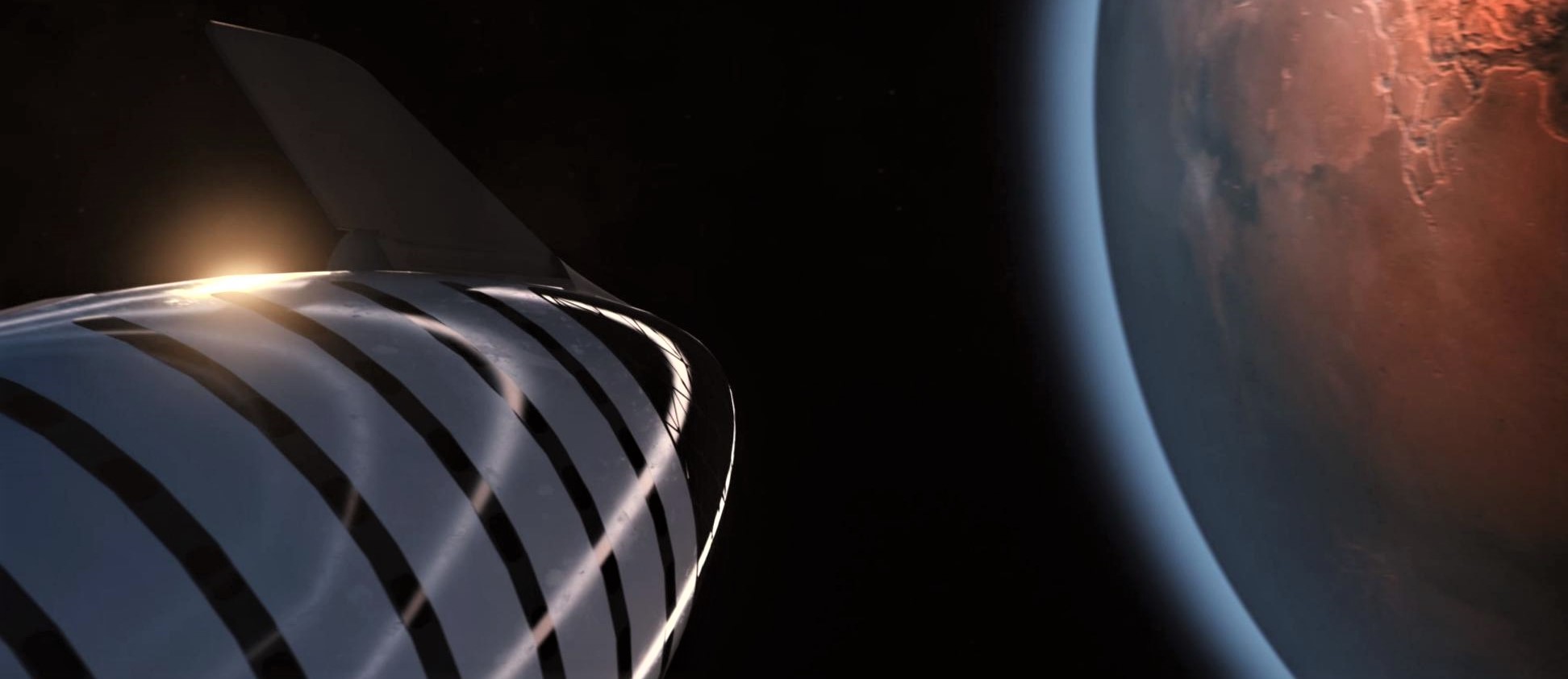
“Delightfully counter-intuitive”
Let there be little doubt – I am still immensely skeptical of this radical redesign and the implausible logistics of conducting said redesign at the last second while somehow maintaining the test schedule, let alone expediting it by 6-9 months. Despite the fact that Musk does seem to have a compellingly rational answer to every question thus far asked, he was no less convincing in mid-2016 when he stated with contagious conviction that Tesla’s Fremont factory would be an almost 100%-automated “alien dreadnought” as early as 2018. There is, of course, nothing wrong per se with being wrong, although taking 24 months and several hundred million dollars to realize as much can be downright fatal or at least a major health risk for any given company that faces such a challenge, as was the case with Tesla.
Skepticism aside, there are equally many reasons to be optimistic about the future of SpaceX’s Starship/Super Heavy (BFR) program over the next several years. Not only do metal hot structures have a proven track record of success (admittedly in the 1960s and for suborbital conditions, but still), but the century and a half humans have been making and building with steel serves to aggressively reduce risk in BFR’s development, whereas a giant, highly-reusable spaceship and rocket built mainly out of carbon composites is about as exotic, challenging, and alien as one could muster. One step further, Musk appears to be dead-set on the trade that the benefits of moving from composite to stainless steel far, far outweigh the costs.
- BFS/Starship shows off some of its heat shield. SpaceX may be looking into an advanced NASA solution for BFR’s thermal protection system. (SpaceX)
- Starship is shown here reentering Mars’ atmosphere at high speeds (SpaceX)
- Starship – in its 2018 design iteration – seen landing on Mars atop pillars of Raptor flame. (SpaceX)
- SpaceX CEO Elon Musk visited the South Texas site where Starship’s first prototype is being built on December 23rd. (Elon Musk)
- Starship… or BFWTF? 🙂 (NASASpaceflight /u/bocachicagal)
Most notably, Musk’s implication that a steel alloy skin – albeit with regenerative (i.e. liquid) cooling – could genuinely stand in for SpaceX’s ablative PICA-X heat shield technology on Starship was the most unintuitive but logical shift yet. Although steel alloys may literally have densities that are significantly higher than carbon composites, composites simply cannot (at least in the current state of the art) withstand high temperatures like those that Starship would inevitably experience during orbital and interplanetary reentries. As a result, Starship would need an extremely advanced heat shield technology that is minimally ablative, extremely lightweight, robust, and shock-resistant, not to mention an additional layer capable of mounting it to Starship’s composite hull while also insulating the propellant tanks and structure from the extreme heat of reentry.
Leeward side needs nothing, windward side will be activity cooled with residual (cryo) liquid methane, so will appear liquid silver even on hot side
— Elon Musk (@elonmusk) December 25, 2018
Steel, on the other hand, is one of the least thermally conductive metals available, while also featuring alloys with melting points that can approach and even surpass 1500 degrees C. With regenerative cooling, it’s entirely possible that a hot steel shield and fusion of propellant tanks and load-bearing structures could ultimately result in a spaceship far more reusable, reliable, and perhaps even performant that a spaceship relying on exotic heat shield materials and linerless carbon composite propellant tanks.
Perhaps BFR Block 2 or 3 will make room for dramatically improved composite formulations and production methods down the road, but advanced steel and other metal alloys appear to be the way forward for SpaceX for the time being. For now, we can sit, watch, and wait as something comes together at the company’s South Texas test and launch facilities.
For prompt updates, on-the-ground perspectives, and unique glimpses of SpaceX’s rocket recovery fleet check out our brand new LaunchPad and LandingZone newsletters!

News
Tesla starts showing how FSD will change lives in Europe
Local officials tested the system on narrow country roads and were impressed by FSD’s smooth, human-like driving, with some calling the service a game-changer for everyday life in areas that are far from urban centers.

Tesla has launched Europe’s first public shuttle service using Full Self-Driving (Supervised) in the rural Eifelkreis Bitburg-Prüm region of Germany, demonstrating how the technology can restore independence and mobility for people who struggle with limited transport options.
Local officials tested the system on narrow country roads and were impressed by FSD’s smooth, human-like driving, with some calling the service a game-changer for everyday life in areas that are far from urban centers.
Officials see real impact on rural residents
Arzfeld Mayor Johannes Kuhl and District Administrator Andreas Kruppert personally tested the Tesla shuttle service. This allowed them to see just how well FSD navigated winding lanes and rural roads confidently. Kruppert said, “Autonomous driving sounds like science fiction to many, but we simply see here that it works totally well in rural regions too.” Kuhl, for his part, also noted that FSD “feels like a very experienced driver.”
The pilot complements the area’s “Citizen Bus” program, which provides on-demand rides for elderly residents who can no longer drive themselves. Tesla Europe shared a video of a demonstration of the service, highlighting how FSD gives people their freedom back, even in places where public transport is not as prevalent.
What the Ministry for Economic Affairs and Transport says
Rhineland-Palatinate’s Minister Daniela Schmitt supported the project, praising the collaboration that made this “first of its kind in Europe” possible. As per the ministry, the rural rollout for the service shows FSD’s potential beyond major cities, and it delivers tangible benefits like grocery runs, doctor visits, and social connections for isolated residents.
“Reliable and flexible mobility is especially vital in rural areas. With the launch of a shuttle service using self-driving vehicles (FSD supervised) by Tesla in the Eifelkreis Bitburg-Prüm, an innovative pilot project is now getting underway that complements local community bus services. It is the first project of its kind in Europe.
“The result is a real gain for rural mobility: greater accessibility, more flexibility and tangible benefits for everyday life. A strong signal for innovation, cooperation and future-oriented mobility beyond urban centers,” the ministry wrote in a LinkedIn post.
News
Tesla China quietly posts Robotaxi-related job listing
Tesla China is currently seeking a Low Voltage Electrical Engineer to work on circuit board design for the company’s autonomous vehicles.

Tesla has posted a new job listing in Shanghai explicitly tied to its Robotaxi program, fueling speculation that the company is preparing to launch its dedicated autonomous ride-hailing service in China.
As noted in the listing, Tesla China is currently seeking a Low Voltage Electrical Engineer to work on circuit board design for the company’s autonomous vehicles.
Robotaxi-specific role
The listing, which was shared on social media platform X by industry watcher @tslaming, suggested that Tesla China is looking to fill the role urgently. The job listing itself specifically mentions that the person hired for the role will be working on the Low Voltage Hardware team, which would design the circuit boards that would serve as the nervous system of the Robotaxi.
Key tasks for the role, as indicated in the job listing, include collaboration with PCB layout, firmware, mechanical, program management, and validation teams, among other responsibilities. The role is based in Shanghai.
China Robotaxi launch
China represents a massive potential market for robotaxis, with its dense urban centers and supportive policies in select cities. Tesla has limited permission to roll out FSD in the country, though despite this, its vehicles have been hailed as among the best in the market when it comes to autonomous features. So far, at least, it appears that China supports Tesla’s FSD and Robotaxi rollout.
This was hinted at in November, when Tesla brought the Cybercab to the 8th China International Import Expo (CIIE) in Shanghai, marking the first time that the autonomous two-seater was brought to the Asia-Pacific region. The vehicle, despite not having a release date in China, received a significant amount of interest among the event’s attendees.
Elon Musk
Elon Musk and Tesla AI Director share insights after empty driver seat Robotaxi rides
The executives’ unoccupied tests hint at the rapid progress of Tesla’s unsupervised Robotaxi efforts.

Tesla CEO Elon Musk and AI Director Ashok Elluswamy celebrated Christmas Eve by sharing personal experiences with Robotaxi vehicles that had no safety monitor or occupant in the driver’s seat. Musk described the system’s “perfect driving” around Austin, while Elluswamy posted video from the back seat, calling it “an amazing experience.”
The executives’ unoccupied tests hint at the rapid progress of Tesla’s unsupervised Robotaxi efforts.
Elon and Ashok’s firsthand Robotaxi insights
Prior to Musk and the Tesla AI Director’s posts, sightings of unmanned Teslas navigating public roads were widely shared on social media. One such vehicle was spotted in Austin, Texas, which Elon Musk acknowleged by stating that “Testing is underway with no occupants in the car.”
Based on his Christmas Eve post, Musk seemed to have tested an unmanned Tesla himself. “A Tesla with no safety monitor in the car and me sitting in the passenger seat took me all around Austin on Sunday with perfect driving,” Musk wrote in his post.
Elluswamy responded with a 2-minute video showing himself in the rear of an unmanned Tesla. The video featured the vehicle’s empty front seats, as well as its smooth handling through real-world traffic. He captioned his video with the words, “It’s an amazing experience!”
Towards Unsupervised operations
During an xAI Hackathon earlier this month, Elon Musk mentioned that Tesla owed be removing Safety Monitors from its Robotaxis in Austin in just three weeks. “Unsupervised is pretty much solved at this point. So there will be Tesla Robotaxis operating in Austin with no one in them. Not even anyone in the passenger seat in about three weeks,” he said. Musk echoed similar estimates at the 2025 Annual Shareholder Meeting and the Q3 2025 earnings call.
Considering the insights that were posted Musk and Elluswamy, it does appear that Tesla is working hard towards operating its Robotaxis with no safety monitors. This is quite impressive considering that the service was launched just earlier this year.
